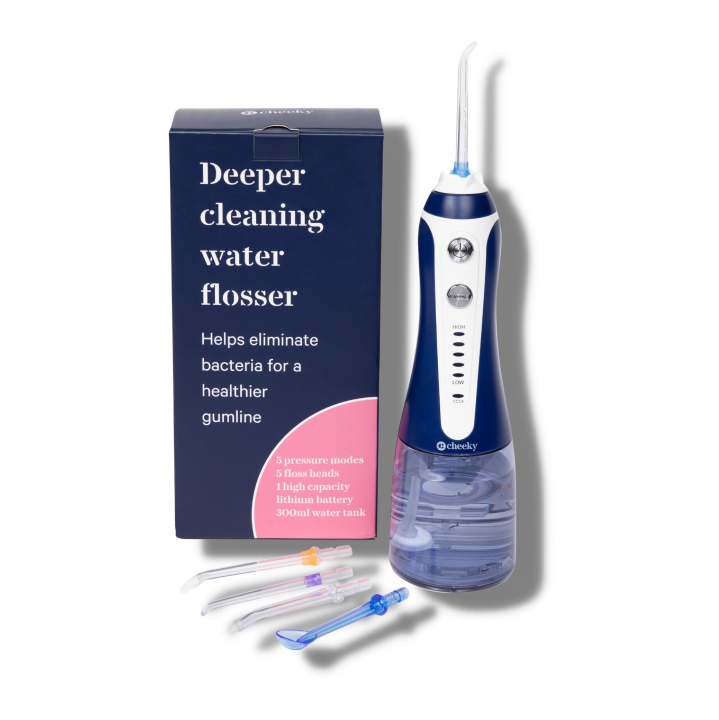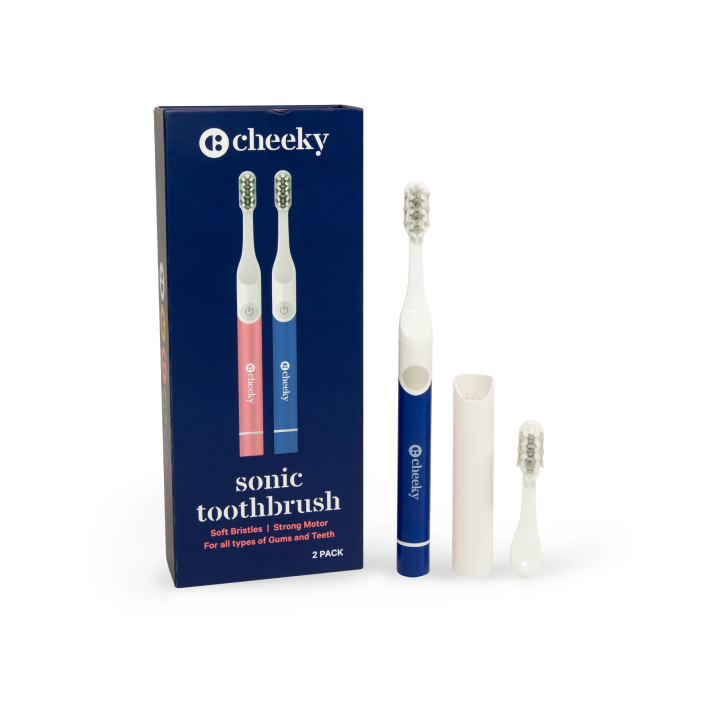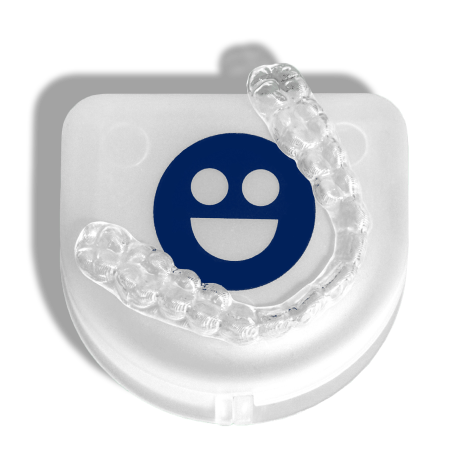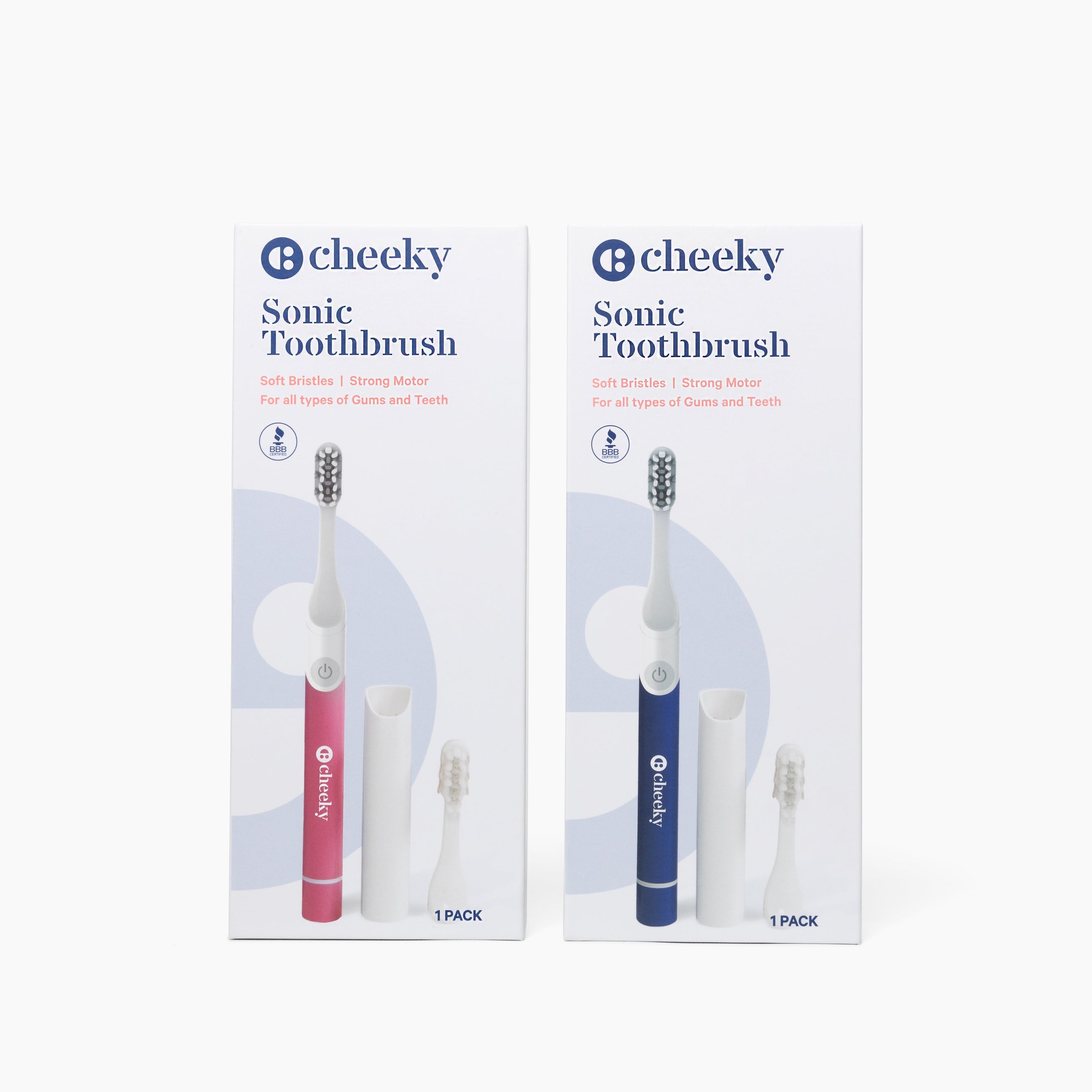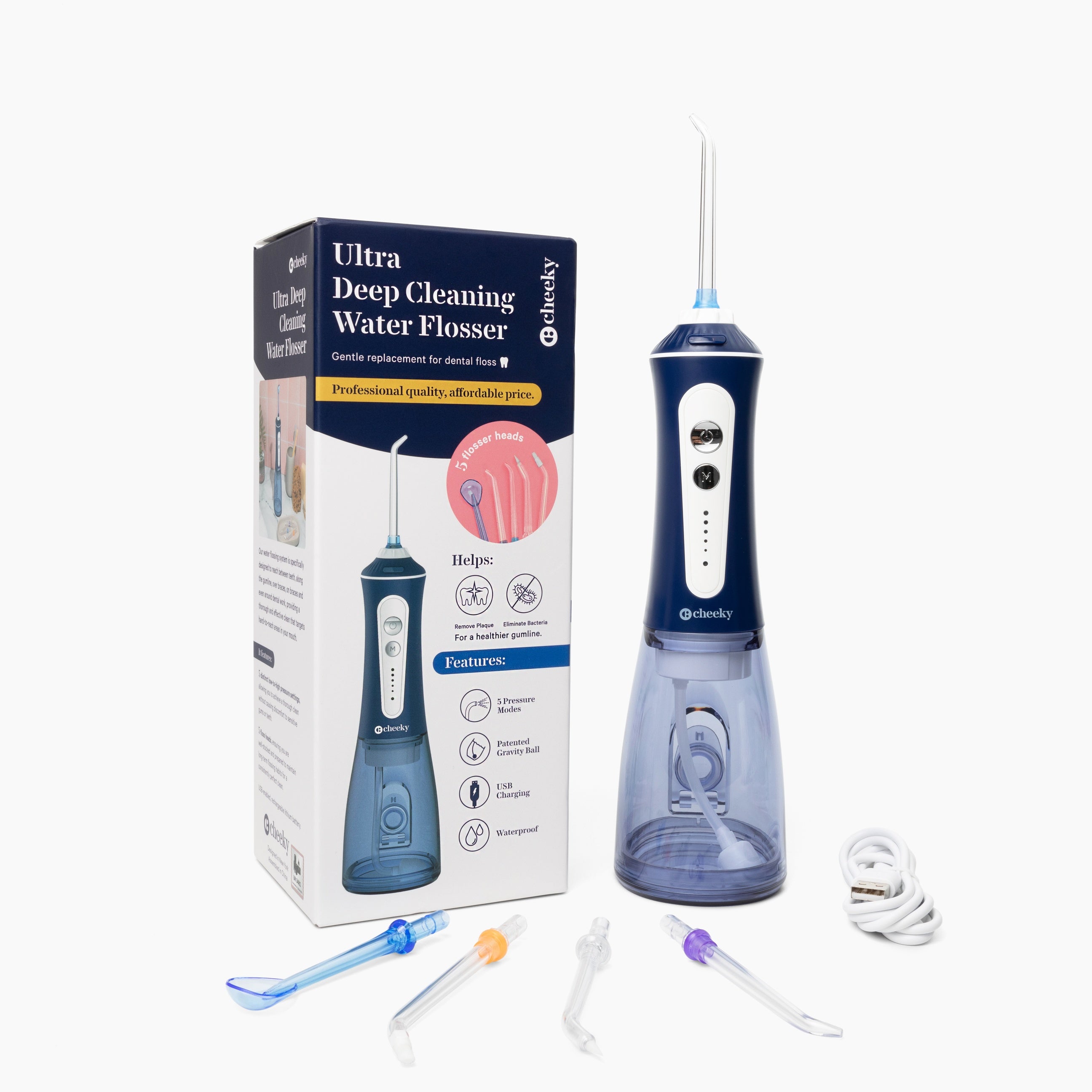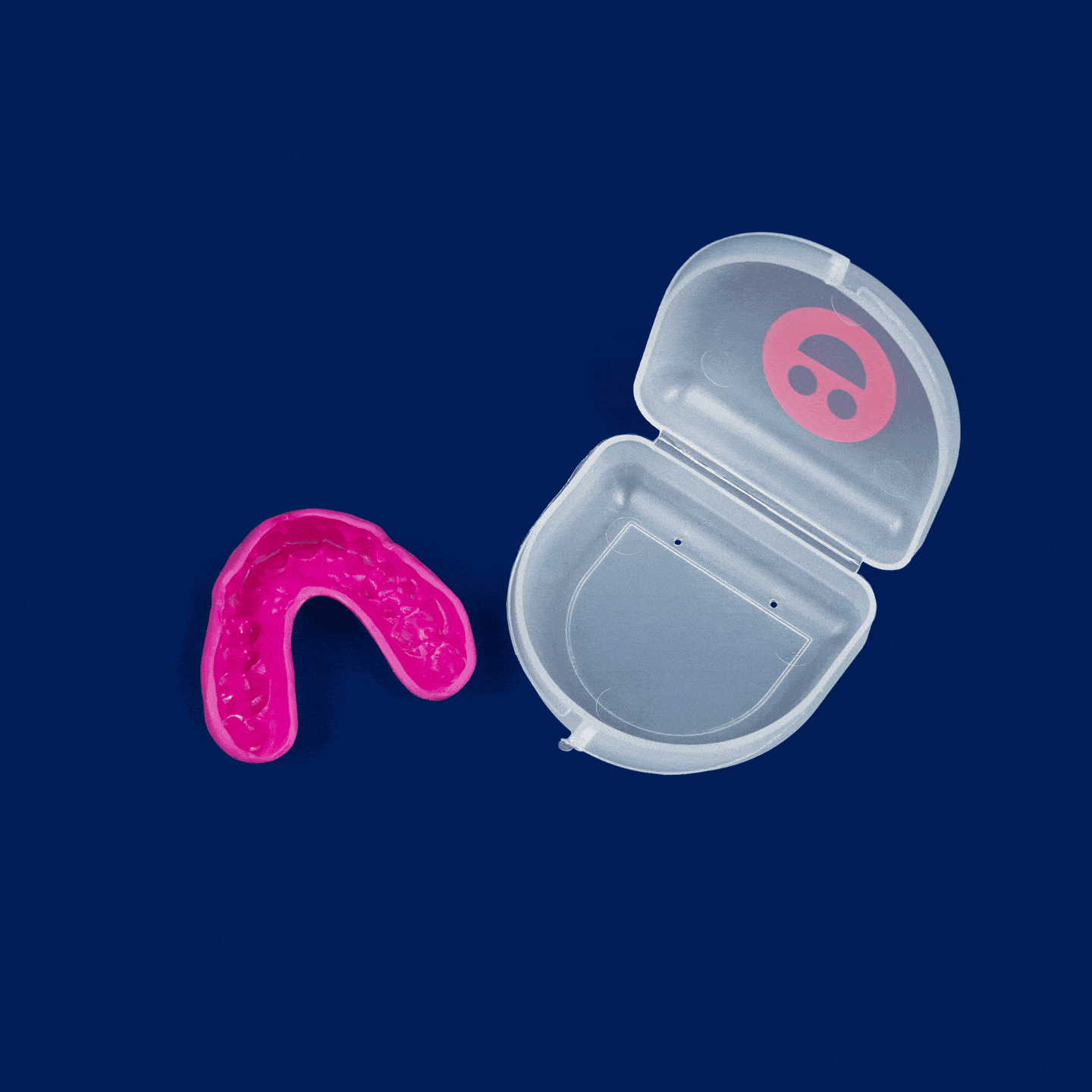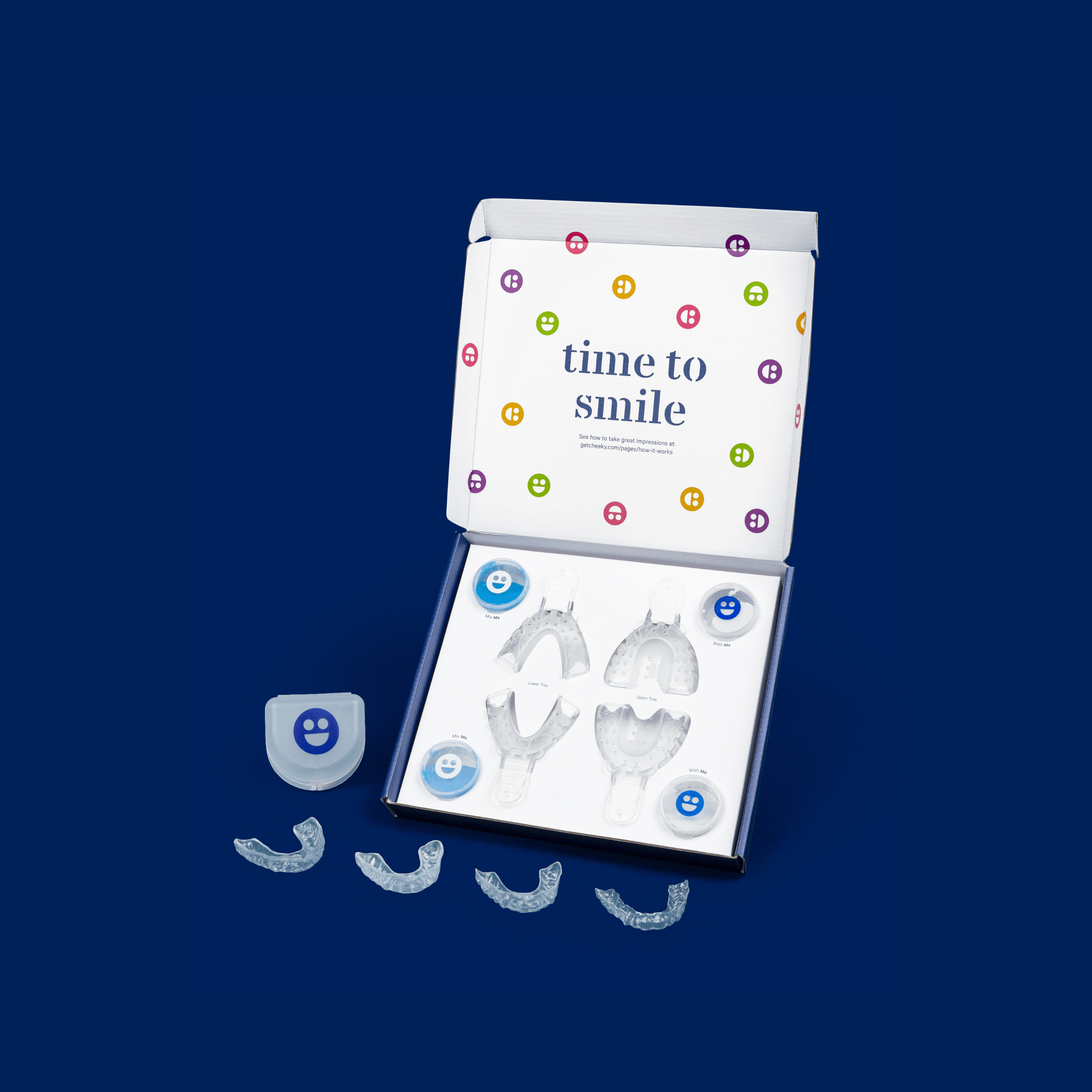Can Retainers Move Teeth Back? Understanding Their Role in Realignment

One of the most common questions patients will ask after orthodontic treatment is, "If I start wearing my retainer again, will my teeth move back?" Maybe you've skipped a few nights, or even a few months, without wearing your retainer, and you’ve noticed small changes in your smile. The idea of just popping your retainer back into place and fixing all misaligned teeth sounds ideal, but is it realistic?
This guide examines whether retainers can move back teeth, how they work, what happens when you stop wearing them, and when to seek professional advice. If you want to keep your smile straight and avoid unnecessary issues in the future, here's everything you need to know.

How Retainers Work: Understanding Retainer Use
What is the Purpose of Retainers?
Retainers hold your teeth in the newly corrected position after you’ve worn braces or clear aligners to straighten them. This is called the "retention phase," where your periodontal ligaments and bones still have to adjust to that new position. Because of this, you'll need to make sure you're wearing retainers regularly.
So, do retainers realign your teeth? Let’s get into it. While retainers can prevent unwanted tooth movement, they don’t apply the consistent pressure needed to fully straighten teeth.
Types of Retainers and Their Realignment Capability
-
Removable Retainers: Examples include clear plastic or Hawley retainers. They’re great for maintaining tooth alignment, and can occasionally move teeth back into place, especially if the movement was recent.
-
Permanent Retainers: These are attached behind the teeth. They’re nearly invisible but can protect your teeth against any active unwanted movement.
-
Spring Retainers: These are used for limited correction. They can shift teeth by 1-2 mm, but they can't be used as a full orthodontic treatment.

What Happens When You Stop Wearing Your Retainer?
Natural Tooth Relapse
When you stop wearing your retainer, your teeth will start shifting, especially if the soft tissues and ligaments around your teeth haven't readjusted yet. Immediately after removing your braces, the force holding your teeth in their new position is still weak. Any pressure from chewing can make your teeth move back to their original position, which is called relapse. This can happen in a few months or even a few weeks if you skip wearing your retainer. That’s why you should wear your retainer regularly until your teeth and surrounding tissues are fully stabilized. This can take months, a year, or even longer, depending on your oral health.
The Risks of Using an Old Retainer
Wearing an old retainer after your teeth have moved can be risky. If the retainer no longer fits comfortably, then its fit may be distorted from years of wear, or your teeth have moved too far. Forcing your retainer back into place might be painful and cause tooth enamel deterioration, or spontaneous tooth movement that worsens your alignment.
Even minimal pressure from an ill-fitting dental appliance can alter your bite, irritate soft tissue, strain the jawbone, and cause intense pain. If your retainer is uneven or uncomfortable, it's likely no longer safe to wear, and you’ll need to replace it.
Luckily, you can get a custom-fit retainer from Cheeky, shipped straight to your home. We’ll send you an impression kit. All you have to do is take your impressions and send them right back to us. We’ll do the rest.

Can Retainers Move Teeth Back?
The short answer is yes; retainers move teeth back in very specific cases. If the unwanted movement is minimal, a retainer can push your teeth back into their correct positions. Although it won't be instantaneous or work as well as braces, it can be helpful for one tooth or small relapses.
Limitations and When They Don’t Work
If your teeth have moved a lot, you’ll likely need additional treatment, such as new clear aligners or even braces. Retainers aren’t strong enough to fix major tooth alignment issues.

How to Start Wearing Your Retainer Again Safely
Initial Assessment at Home
Before you start wearing your old retainer, place it over your teeth gently. If it feels tight but it’s not irritating, wear it for about 10-15 minutes, then gradually increase the time from one hour to daily use. However, if it's painful or you can’t get it to fit at all, don’t wear it. It’s time to replace it with a custom-fit Cheeky retainer.
When to See Your Orthodontist
If your retainer is uncomfortable, causes pain, or is too tight, visit your orthodontist. They’ll determine what to do next, such as getting a new retainer or trying other treatment options.
Possible Solutions
If your teeth have moved to their original position after skipping your retainer, the best way forward depends on how much they've shifted. Here’s what to consider:
Minor Shifts
If your teeth have only shifted slightly, you can correct the movement with a new replacement retainer. Custom-made retainers can guide your teeth back to their new position if they’re still within a manageable range. This works well if you’ve recently finished your retention phase and your jawbone hasn’t fully adjusted to the misalignment. In this case, wearing your retainer consistently can keep your smile straight without additional interventions.
Moderate to Significant Movement
If your teeth have shifted a lot or your old retainer no longer fits, your orthodontist will recommend additional treatment. This may be in the form of minimal orthodontic work, such as a fresh set of clear aligners or Invisalign, which are specially developed to provide gentle pressure and move teeth efficiently. In certain cases, particularly tooth movement and complex alignment issues, a short span of wearing braces might be the optimal method for repositioning your teeth to their best position.
If you’re dealing with just one tooth that’s out of place or a complete change in your bite, getting professional dental input will help you choose the best course of action. Acting early may prevent you from needing more extensive treatments and keep your smile straight for a long time.

Best Practices for Long-Term Retainer Use
-
Wear your retainer day and night for 4 to 6 months after treatment, then switch to wearing it only at night.
-
Wear your retainer at night indefinitely to minimize tooth shifting or movement and ensure long-term results. Cheeky’s custom-fit night guard is thin and comfortable, so you won’t even notice it while you sleep.
-
Consider getting a Cheeky sport guard if you play high-contact sports like American football or rugby to protect your teeth.
Other considerations that may still cause tooth movement even years after orthodontic treatment include teeth grinding, arthritis, aging, and natural bone remodeling. Consult a professional if you encounter any of these problems.
Frequently Asked Questions
Can I Wear My Old Retainer to Straighten My Teeth?
Old retainers can help with this problem if your teeth shift slightly after wearing braces or completing other orthodontic treatments. However, while retainers straighten teeth in minor cases, they aren’t built for active tooth movement like braces or clear aligners. Forcing an ill-fitting retainer over your teeth could restructure your bite, stress your jawbone, or even damage your enamel. Always consult your orthodontist first before you attempt to straighten your smile with an old, previously used retainer.
How Long Should I Wear My Retainer To Move My Teeth Back?
If your teeth have shifted slightly, wearing your retainer day and night can move them back into their new position. The outcome depends on the structure of your mouth, the duration you've been without retention, and how long it has been since you had braces. The secret is to wear your retainer consistently and keep testing for fit and comfort.
Will My Teeth Shift Without A Retainer For 3 Days?
Yes, it’s possible. After orthodontic therapy, a few days' absence from wearing your retainer can make your teeth shift back to their original positions. During the initial retention phase, your jawbone and soft tissue are stabilizing. That’s why you need to consistently wear your retainer, even when it is not convenient.
Can I Start Wearing My Retainers Again After Not Wearing Them for a Year?
Yes, you can try it on gently. If your previous retainer still fits without pressure or pain, it may help restore minor alignment. But if it feels painfully tight or won't fit, your bite may have shifted too much. Forcing your retainer over your teeth will do more harm than good. Your best course of action is to visit your orthodontist for specific guidance regarding your current smile.
Conclusion
So, can retainers move teeth back? In some cases, yes, but only if the tooth movement is minimal and very recent. A properly fitting retainer can realign small shifts, but it isn’t a treatment for major changes.
If you use your retainer regularly, it will keep your beautiful smile intact and protect your orthodontic investment. And when it’s time for a replacement, Cheeky’s got you. With our affordable, dentist-grade retainers shipped straight to your door, we make post-treatment care simple, stress-free, and effective.

